21 Feb Typography Trivia – The Humble Ampersand
For those who like a bit of history and understanding about where things originate, this one is for you.
The humble ampersand …
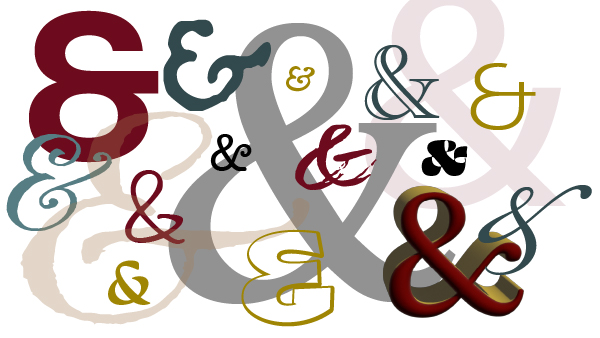
…………………………………………………………………………………… ….. Where did it come from?
Well, the word “and” in Latin (and French) is “et” and the first uses of the ampersand as we know it can be traced back to the 1st century AD where the letters E and T were occasionally written together to form a ligature.
A ligature?
In writing and typography, a ligature is when 2 or more graphemes (lower case letters – I had to look that up 😊 ) are joined together. The most common ones are æ and œ in French.
So – back to the 1st century AD – apparently ligatures of all kinds were extremely common in the later and more flowing “New Roman Cursive” (the form of handwriting used at the time).
These new glyphs emerged alongside the increase of writing with a stylus, for the practical reason of faster handwriting. They evolved over the centuries and many were dropped but the et ligature continued to be used and was stylised over the years to something that is much less like the original. (See image below of evolution).

Credit: By Alatius – Own work. Excerpts from:Jan Tschichold. Formenwandlungen der et-Zeichen (Stempel AG, 1953)Émilie Rigaud. Une traduction française (2007), CC BY-SA 3.0, https://commons.wikimedia.org/w/index.php?curid=5132957
Additionally, merchants of the time, needed a way to speed up the process of written communication and found that conjoining letters and abbreviating words for secular use was more convenient for record keeping and transaction than the bulky long forms.
I wonder why the others never stuck? It’s like a shorthand.
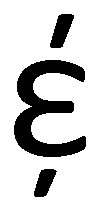
Above: Example of ampersand based on a crossed epsilon, as might be handwritten.
Credit: By Richard J. Barbalace – Own work, Public Domain, https://commons.wikimedia.org/w/index.php?curid=21634172
Below is the et ligature in Insular script. I know it’s personal, but I think that’s beautiful!
Source wiki: “Insular script was a medieval script system originating from Ireland that spread to Anglo-Saxon England and continental Europe under the influence of Irish Christianity.”
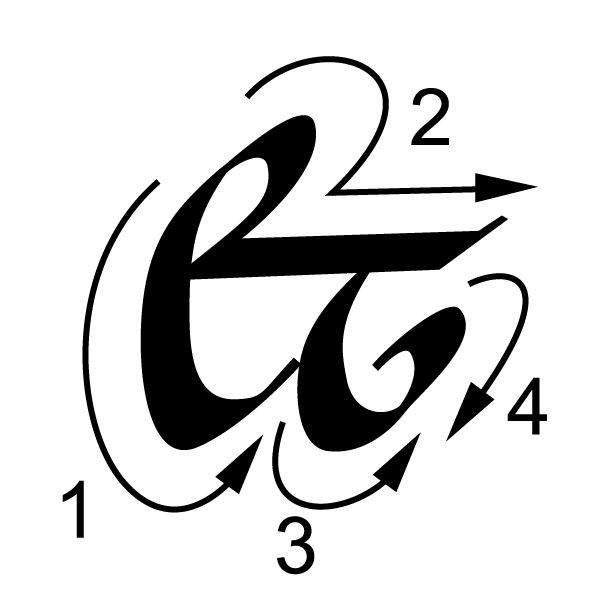
Credit: By Kimbar – Own work based on: Etlig.jpg, Copyrighted free use, https://commons.wikimedia.org/w/indes.php?curid=808113
So that’s the very potted history of how it came about … but where does the word “ampersand” come from?
The first known example is from the late 18th century but the origins lie in a linguistic tradition from centuries earlier. In the Middle Ages, when spelling words aloud, any letter that could also be used as a word by itself – think “A”, “I”, and, “O”) were referred to as letters with the phrase “per se” (which means on its own / by itself in Latin) to indicate that the letter itself, and not the word, was being referred to.
Did you know?
It was also common practice to add the & sign at the end of the alphabet as if it were the 27th letter, pronounced as the Latin et or later in English as and. As a result, the recitation of the alphabet would end in “X, Y, Z, and per se and”. This last phrase was routinely slurred to “ampersand” and the term had entered common English usage by 1837.
So ampersand means “’&’ on its own and not the full word ‘and’!”
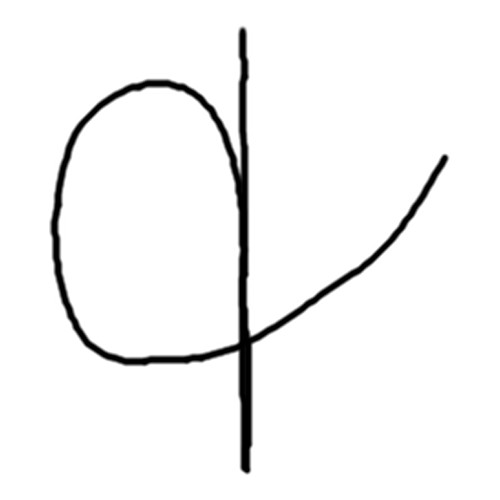
Wiki says that the modern ampersand below left, is almost identical to that of the Carolingian miniscule (a script which developed as a calligraphic standard in the medieval European period). I struggle to agree with it being almost identical, and think the latter is much more striking.
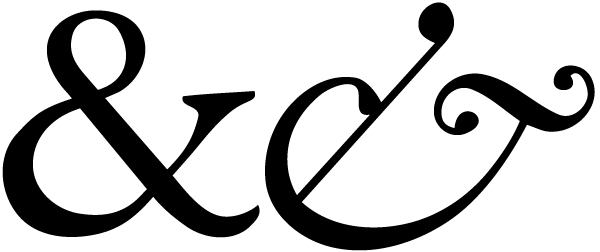
Credit: CC BY-SA 3.0, https://commons.wikimedia.org/w/index.php?curid=767178
Have you ever designed your own Ampersand? Or your own ligatures?
Let me know!
Ally


